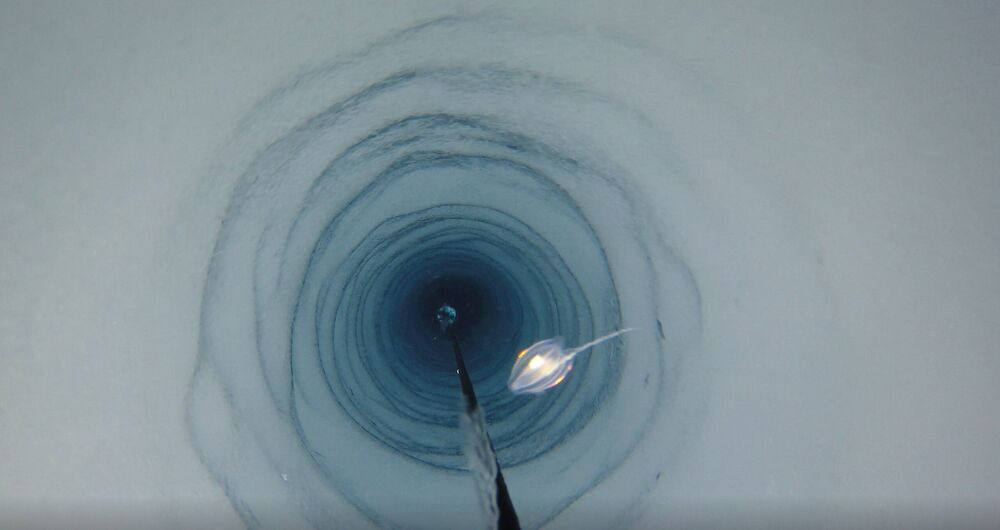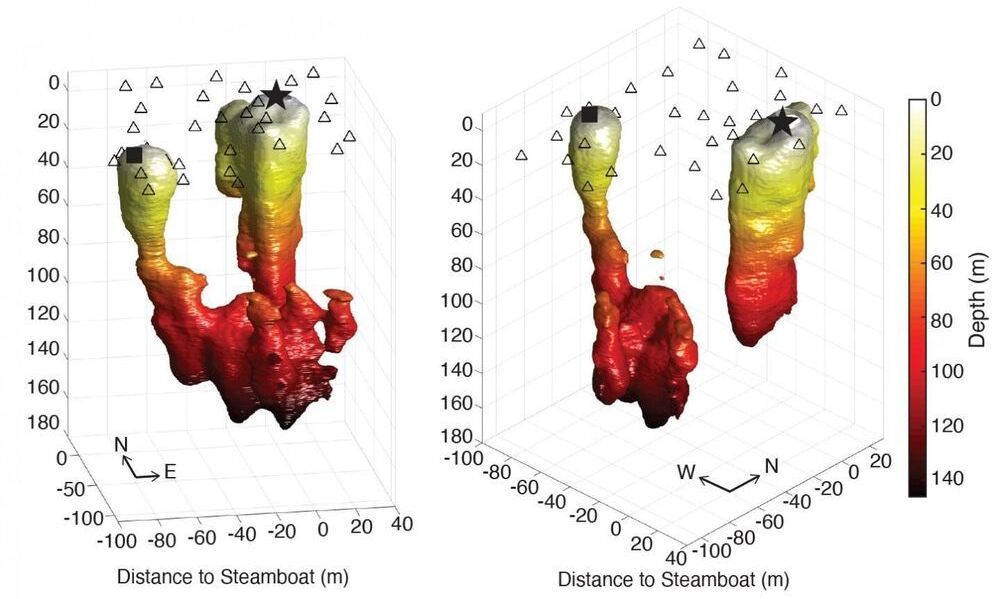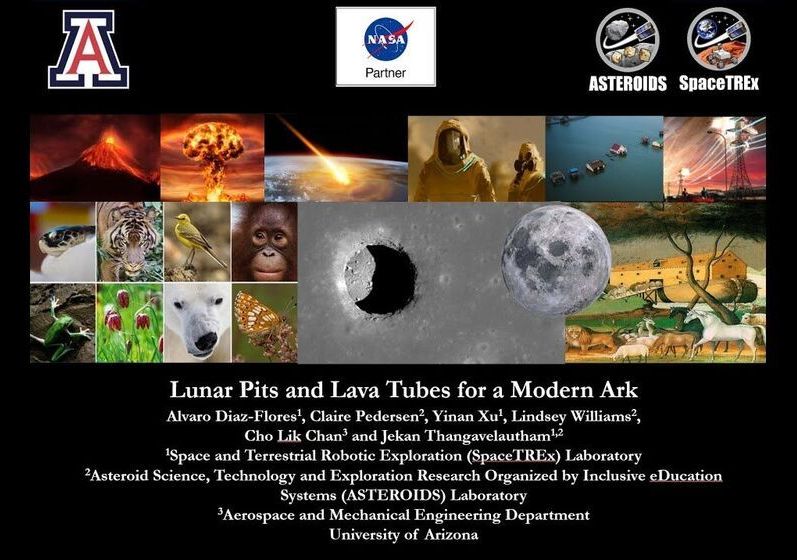Far underneath the ice shelves of the Antarctic, there’s more life than expected, finds a recent study in the journal Frontiers in Marine Science.



A mixed-reality headset Apple is developing will be equipped with more than a dozen cameras for tracking hand movements and showing video of the real world to people wearing it, along with ultra-high-resolution 8K displays and advanced technology for eye tracking, according to a person with direct knowledge of the device.
Those are among a bevy of features Apple is planning for the headset, a device that could represent one of the company’s most ambitious efforts to build a new technology platform. The Information viewed internal Apple images of a late-stage prototype from last year, which show a sleek, curved visor attached to the face by a mesh material and swappable headbands. An artist’s rendering based on the images of the headset and created by The Information appears below.




Negative ions migrate to dendrite tips.



When Steamboat Geyser, the world’s tallest, started erupting again in 2018 in Yellowstone National Park after decades of relative silence, it raised a few tantalizing scientific questions. Why is it so tall? Why is it erupting again now? And what can we learn about it before it goes quiet again?
The University of Utah has been studying the geology and seismology of Yellowstone and its unique features for decades, so U scientists were ready to jump at the opportunity to get an unprecedented look at the workings of Steamboat Geyser. Their findings provide a picture of the depth of the geyser as well as a redefinition of a long-assumed relationship between the geyser and a nearby spring. The findings are published in the Journal of Geophysical Research-Solid Earth.
“We scientists don’t really know what controls a geyser from erupting regularly, like Old Faithful, versus irregularly, like Steamboat,” says Fan-Chi Lin, an associate professor with the Department of Geology and Geophysics. “The subsurface plumbing structure likely controls the eruption characteristics for a geyser. This is the first time we were able to image a geyser’s plumbing structure down to more than 325 feet (100 m) deep.”

An ambitious project designed by a University of Arizona team aims to preserve humankind – and animal-kind, plant-kind and fungi-kind – in the event of a global crisis.